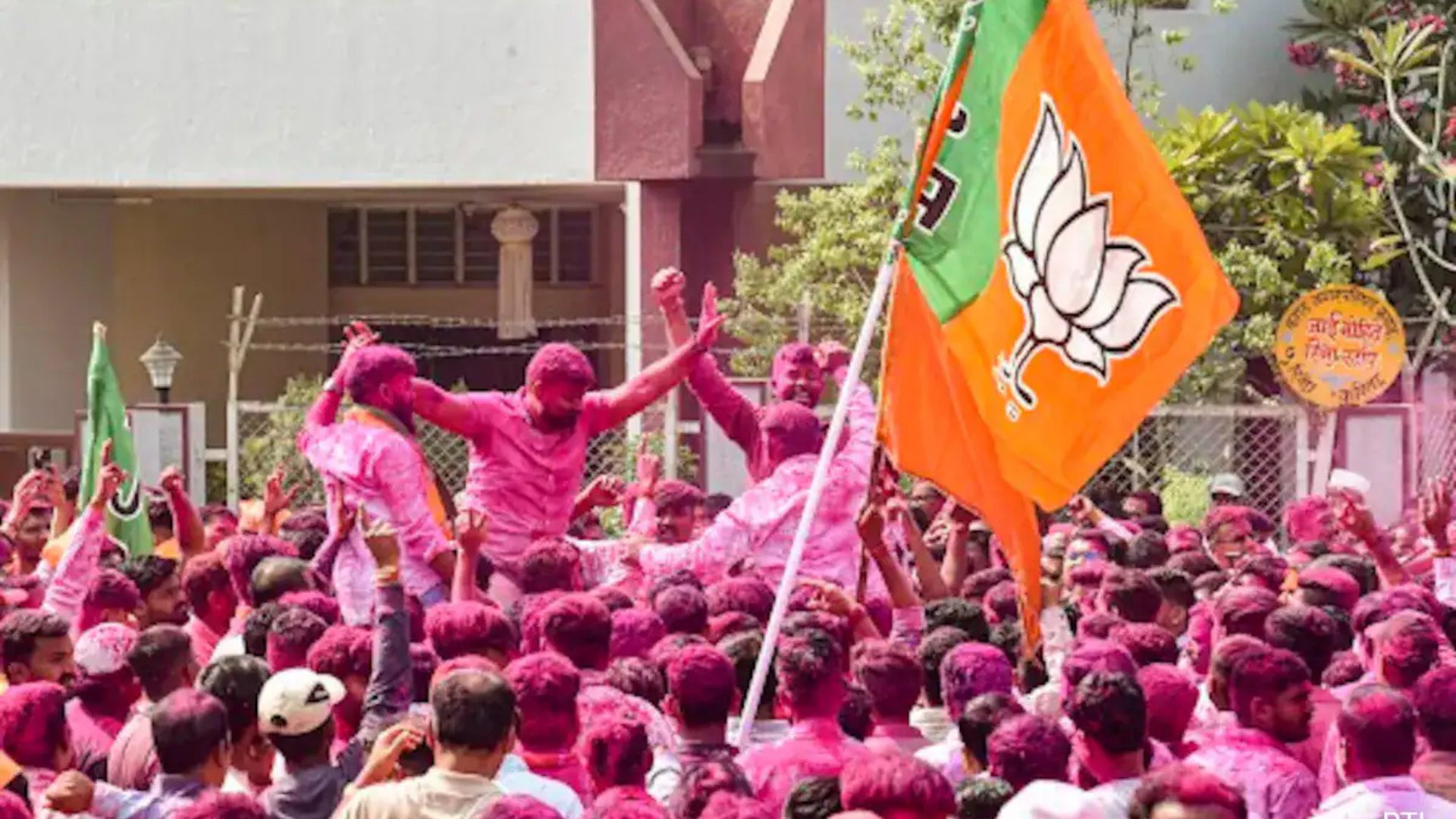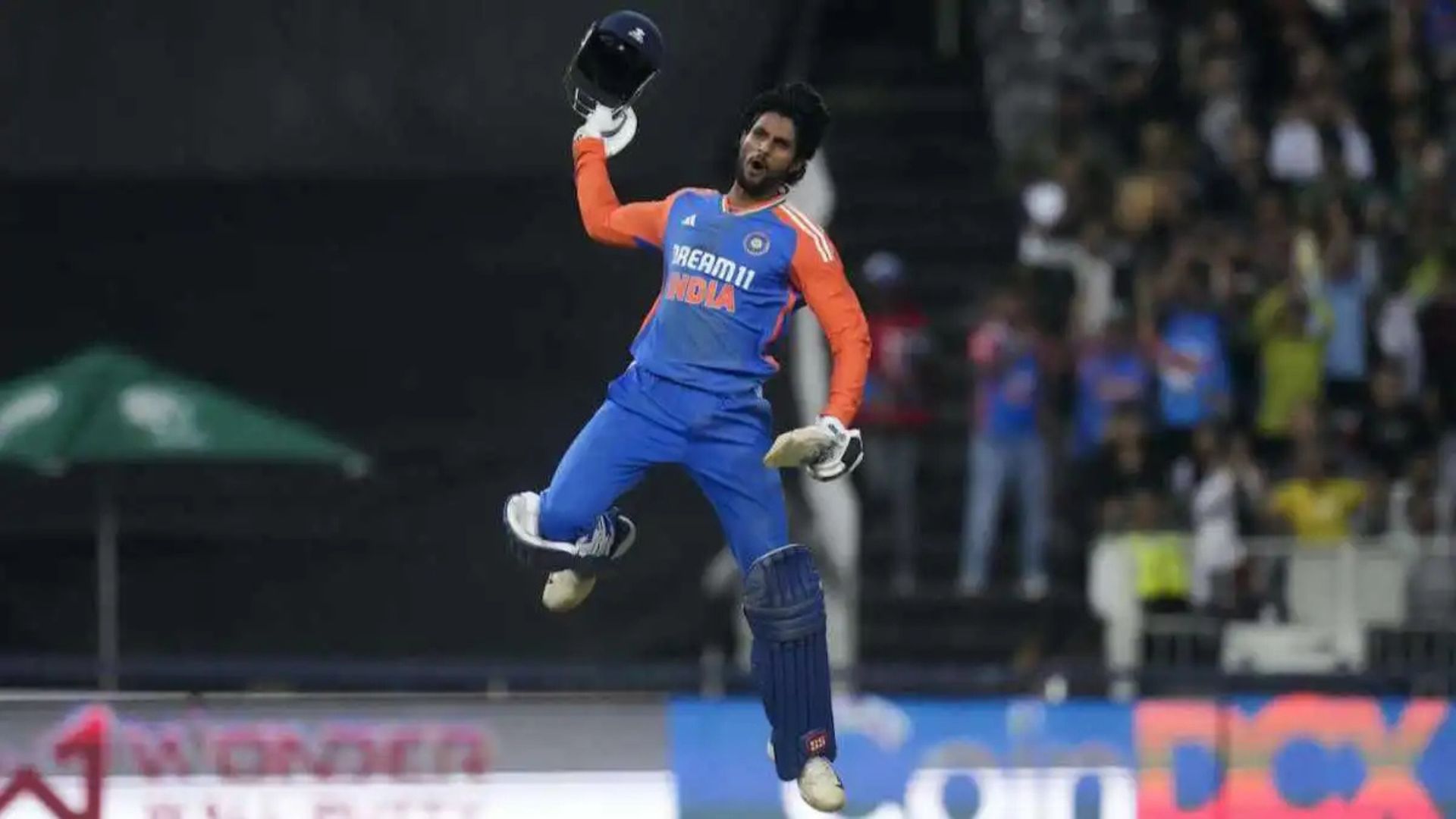
Today, we will understand the journey of India’s space program which began with the inception of Indian Space Research Organisation (ISRO), which is the space agency of India.
In 2023, India became the fourth nation to successfully land a spacecraft on the Moon. The success of the Chandrayaan-3 mission helped establish India as a capable space power and bolstered its growing space ambitions.
The history of India’s space program is in many ways the inverse of the history of the U.S. and Russia’s programs. While these superpowers were racing to outdo each other with symbolic, high-profile achievements that culminated in the Apollo Moon landings, India focused on the practical and immediate benefits of space.
That has recently started to change. Buoyed by the success of Chandrayaan-3 and a desire to compete with China, India has announced ambitious human spaceflight plans that include space stations and a Moon landing.
Today, we will understand the journey of India’s space program which began with the inception of Indian Space Research Organisation (ISRO), which is the space agency of India. The organisation is involved in science, engineering and technology to harvest the benefits of outer space for India and the mankind. ISRO is a major constituent of the Department of Space (DOS), Government of India. The department executes the Indian Space Programme primarily through various Centres or units within ISRO, according to the ISRO reports.
ISRO was previously the Indian National Committee for Space Research (INCOSPAR), set up by the Government of India in 1962, as envisioned by Dr. VikramA Sarabhai. ISRO was formed on August 15, 1969 and superseded INCOSPAR with an expanded role to harness space technology. DOS was set up and ISRO was brought under DOS in 1972.
The prime objective of ISRO/DOS is the development and application of space technology for various national needs. To fulfil this objective, ISRO has established major space systemsfor communication, television broadcasting and meteorological services; resources monitoring and management; space-based navigation services. ISRO has developed satellite launch vehicles, PSLV and GSLV, to place the satellites in the required orbits.
ISRO has its headquarters in Bengaluru. Its activities are spread across various centres and units. Launch Vehicles are built at VikramSarabhai Space Centre (VSSC), Thiruvananthapuram; Satellites are designed and developed at U R Rao Satellite Centre (URSC), Bengalure; Integration and launching of satellites and launch vehicles are carried out from Satish Dhawan Space Centre (SDSC), Sriharikota; Development of liquid stages including cryogenic stage is carried out at Liquid Propulsion Systems Centre (LPSC), Valiamala& Bengaluru; Sensors for Communication and Remote Sensing satellites and application aspects of the space technology are taken up at Space Applications Centre (SAC), Ahmedabad and Remote Sensing satellite data reception processing and dissemination is entrusted to National Remote Sensing Centre (NRSC), Hyderabad.
EARLY DAYS OF FORMATION
In the early days of ISRO, rocket parts were often transported on bicycles and bullock carts. Modern space research in India can be traced to the 1920s, when scientist S. K. Mitra conducted a series of experiments sounding the ionosphere through ground-based radio in Kolkata. Later, Indian scientists like C.V. Raman and Meghnad Saha contributed to scientific principles applicable in space sciences. After 1945, important developments were made in coordinated space research in India by two scientists: Vikram Sarabhai, founder of the Physical Research Laboratory at Ahmedabad, and Homi Bhabha, who established the Tata Institute of Fundamental Research in 1945. Initial experiments in space sciences included the study of cosmic radiation, high-altitude and airborne testing, deep underground experimentation at the Kolar mines—one of the deepest mining sites in the world—and studies of the upper atmosphere. These studies were done at research laboratories, universities, and independent locations.
In 1950, the Department of Atomic Energy (DAE) was founded with Bhabha as its secretary. It provided funding for space research throughout India. During this time, tests continued on aspects of meteorology and the Earth’s magnetic field, a topic that had been studied in India since the establishment of the Colaba Observatory in 1823. In 1954, the Aryabhatta Research Institute of Observational Sciences (ARIES) was established in the foothills of the Himalayas. The Rangpur Observatory was set up in 1957 at Osmania University, Hyderabad. Space research was further encouraged by the government of India. In 1957, the Soviet Union launched Sputnik 1 and opened up possibilities for the rest of the world to conduct a space launch.
1970s and 1989s
Under the government of Indira Gandhi, INCOSPAR was superseded by ISRO. Later in 1972, a space commission and Department of Space (DoS) were set up to oversee space technology development in India specifically. ISRO was brought under DoS, institutionalising space research in India and forging the Indian space programme into its existing form. India joined the Soviet Interkosmos programme for space cooperation and got its first satellite Aryabhatta in orbit through a Soviet rocket.
Efforts to develop an orbital launch vehicle began after mastering sounding rocket technology. The concept was to develop a launcher capable of providing sufficient velocity for a mass of 35 kg (77 lb) to enter low Earth orbit. It took 7 years for ISRO to develop Satellite Launch Vehicle capable of putting 40 kg (88 lb) into a 400-kilometre (250 mi) orbit. An SLV Launch Pad, ground stations, tracking networks, radars and other communications were set up for a launch campaign. The SLV’s first launch in 1979 carried a Rohini technology payload but could not inject the satellite into its desired orbit. It was followed by a successful launch in 1980 carrying a Rohini Series-I satellite, making India the seventh country to reach Earth’s orbit after the USSR, the US, France, the UK, China and Japan. RS-1 was the third Indian satellite to reach orbit as Bhaskara had been launched from the USSR in 1979.
At the same time, another solid-fuelled rocket Augmented Satellite Launch Vehicle based upon SLV-3 was being developed, and technologies to launch satellites into geostationary orbit (GTO). ASLV had limited success and multiple launch failures; it was soon discontinued. Alongside, technologies for the Indian National Satellite System of communication satellites and the Indian Remote Sensing Programme for earth observation satellites were developed and launches from overseas initiated. The number of satellites eventually grew and the systems were established as among the largest satellite constellations in the world, with multi-band communication, radar imaging, optical imaging and meteorological satellites.
1990s
The arrival of PSLV in 1990s became a major boost for the Indian space programme. With the exception of its first flight in 1994 and two partial failures later, PSLV had a streak of more than 50 successful flights. PSLV enabled India to launch all of its low Earth orbit satellites, small payloads to GTO and hundreds of foreign satellites. Along with the PSLV flights, development of a new rocket, a Geosynchronous Satellite Launch Vehicle (GSLV) was going on. India tried to obtain upper-stage cryogenic engines from Russia’s Glavkosmos but was blocked by the US from doing so. As a result, KVD-1 engines were imported from Russia under a new agreement which had limited success and a project to develop indigenous cryogenic technology was launched in 1994, taking two decades to reach fulfillment.
21st century GAGANYAAN
In 2009, the Indian Space Research Organisation proposed a budget of ₹124 billion (equivalent to ₹310 billion or US$3.9 billion in 2023) for its human spaceflight programme. An uncrewed demonstration flight was expected after seven years from the final approval and a crewed mission was to be launched after seven years of funding. A crewed mission initially was not a priority and left on the backburner for several years. A space capsule recovery experiment in 2014 and a pad abort test in 2018 were followed by Prime Minister Narendra Modi’s announcement in his 2018 Independence Day address that India will send astronauts into space by 2022 on the new Gaganyaan spacecraft. To date, ISRO has developed most of the technologies needed, such as the crew module and crew escape system, space food, and life support systems. The project would cost less than ₹100 billion (US$1.3 billion) and would include sending two or three Indians to space, at an altitude of 300–400 km (190–250 mi), for at least seven days, using a GSLV Mk-III launch vehicle.
Also, in 2003, when China sent humans into space, Prime Minister Atal Bihari Vajpayee urged scientists to develop technologies to land humans on the Moon and programmes for lunar, planetary and crewed missions were started. ISRO launched Chandrayaan-1 in 2008, purportedly the first probe to verify the presence of water on the Moon, and the Mars Orbiter Mission in 2013, the first Asian spacecraft to enter Martian orbit, making India the first country to succeed at this on its first attempt. Subsequently, the cryogenic upper stage for GSLV rocket became operational, making India the sixth country to have full launch capabilities. A new heavier-lift launcher LVM3 was introduced in 2014 for heavier satellites and future human space missions.
Extraterrestrial exploration
Chandrayaan-1
Chandrayaan-1 was India’s first mission to the Moon. The robotic lunar exploration mission included a lunar orbiter and an impactor called the Moon Impact Probe. ISRO launched it using a modified version of the PSLV on 22 October 2008 from Satish Dhawan Space Centre. It entered lunar orbit on 8 November 2008, carrying high-resolution remote sensing equipment for visible, near infrared, and soft and hard X-ray frequencies. During its 312-day operational period (two years were planned), it surveyed the lunar surface to produce a complete map of its chemical characteristics and three-dimensional topography.
Chandrayaan-2
Chandrayaan-2, the second mission to the Moon, which included an orbiter, a lander and a rover. It was launched on a Geosynchronous Satellite Launch Vehicle Mark III (GSLV Mk III) on 22 July 2019, consisting of a lunar orbiter, the Vikram lander, and the Pragyan lunar rover, all developed in India. It was the first mission meant to explore the little-explored lunar south pole region. The objective of the Chandrayaan-2 mission was to land a robotic rover to conduct various studies on the lunar surface.
The Vikram lander’s crash-landing was caused by a software glitch. The lunar orbiter was efficiently positioned in an optimal lunar orbit, extending its expected service time from one year to seven. It was planned that there will be another attempt to soft-land on the Moon in 2023, without an orbiter.
Chandrayaan-3
Chandryaan-3 is India’s second attempt to soft-land on the Moon after the partial failure of Chandrayaan-2. The mission will only include a lander-rover set and will communicate with the orbiter from the previous mission.
On 23 August 2023, ISRO became the first space agency to successfully land a spacecraft on the lunar south pole region, and only the fourth space agency ever to land on the Moon.
Mars: The Mangal
The Mars Orbiter Mission (MOM), informally known as Mangalyaan (eng: ”MarsCraft” ) was launched into Earth orbit on 5 November 2013 by the Indian Space Research Organisation (ISRO) and has entered Mars orbit on 24 September 2014. India thus became the first country to have a space probe enter Mars orbit on its first attempt. It was completed at a record low cost of $74 million.
MOM was placed into Mars orbit on 24 September 2014. The spacecraft had a launch mass of 1,337 kg (2,948 lb), with 15 kg (33 lb) of five scientific instruments as payload.
The National Space Society awarded the Mars Orbiter Mission team the 2015 Space Pioneer Award in the science and engineering category.
SOLAR POWER
Aditya-L1
On 2 September 2023, ISRO launched the 400 kg (880 lb) Aditya-L1 mission to study the solar corona. It is the first Indian space-based solar coronagraph to study the corona in visible and near-infrared bands. The main objective of the mission is to study coronal mass ejections (CMEs), their properties (the structure and evolution of their magnetic fields for example), and consequently constrain parameters that affect space weather. On 6 January 2024, Aditya-L1 spacecraft, India’s first solar mission, has successfully entered its final orbit around the first Sun-Earth Lagrangian point (L1), approximately 1.5 million kilometers from Earth.
IN DAYS TO COME
ISRO is developing and operationalising more powerful and less pollutive rocket engines so it can eventually develop much heavier rockets. It also plans to develop electric and nuclear propulsion for satellites and spacecrafts to reduce their weight and extend their service lives. Long-term plans may include crewed landings on Moon and other planets as well.















